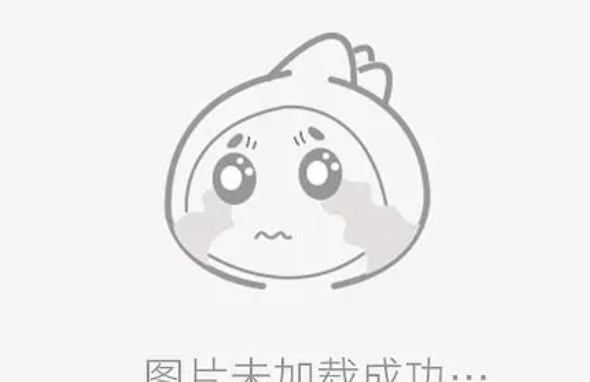VIP member
Product details
A traction machine is a type of machinery used for cable laying, consisting of several major components such as a traction head and a winch shaft. It can be used for traction of cables and overhead lines, as well as other situations that require traction. It can be used alone or in conjunction with our company's production of pay off trailers, cable reels, and pay off racks.
A traction machine is a new type of wire and cable construction equipment developed on the basis of a multifunctional cable reel. It has the characteristics of small size, flexible and convenient use, and is more suitable for cable construction in narrow road areas, especially in urban areas. The traction function is the same as that of a multifunctional cable reel, which can be used for pulling and laying wires and cables, as well as for tightening and erecting poles. Adopting a mobile winch design, multiple types of oil wire ropes can be used, with a standard traction length of 1000m. The traction force meets the simultaneous deployment of various forms of cables, cable trenches, tunnels, non excavation curved pipelines, and multiple overhead wires, with simple operation and good controllability. Due to being a simplified version of the multifunctional cable reel, it has the characteristics of small size, low cost, and convenient transportation compared to the multifunctional cable reel.
Instructions for using the tractor:
1. According to the size of the cable being transported, adjust the height of the front and rear support wheels of the tractor to support the cable. When adjusting, loosen the hand screw, move the height of the tractor up and down, and then tighten the hand screw.
2. According to the size of the cable being transported, use a hand crank to loosen the tension screw counterclockwise, so that the rubber track is released into place to accommodate the cable being transported.
3. Before using the tractor, it is necessary to thoroughly check whether the connecting bolts and nuts of each component are loose. If they are loose, they should be tightened, and the lubricating grease on the open gear should be checked for proper lubrication. The grease should be replenished in a timely manner, and the lifting condition of the supporting wheel should be checked. After adjusting the tractor, fix the whole machine, and then run it unloaded for five minutes to check the working condition of the whole machine.
4. Single machine use
The tractor needs to be fixed on the ground, adjust the height of the supporting wheels, then release the rubber tracks, place the cable inside the rubber tracks, use a wrench to turn the tension screw clockwise to clamp the cable, start the motor, and the tractor can transport the work.
5. Series use
Due to the heavy weight of large cross-section cables, it is difficult to meet the construction requirements for single machine use. In this case, multiple tractors need to be used in series with the cooperation of tractors.
(1) Stop pulling the cable when it enters the first traction machine under the traction of the traction machine, clamp the cable between the rubber tracks, and then start both the traction machine and the traction machine at the same time.
(2) Stop pulling the cable when it enters the second tractor, clamp the cable between the rubber tracks, and then start the tractor and two tractors.
(3) Stop pulling the cable when it enters the third tractor, clamp the cable between the rubber tracks, and then start the tractor and the three tractors.
(4) Repeat the above actions until the cable enters the last traction machine, at which point the entire line cable can be dragged and dropped for construction. To ensure synchronous operation of all machines, users need to follow specific procedures.
Online inquiry

